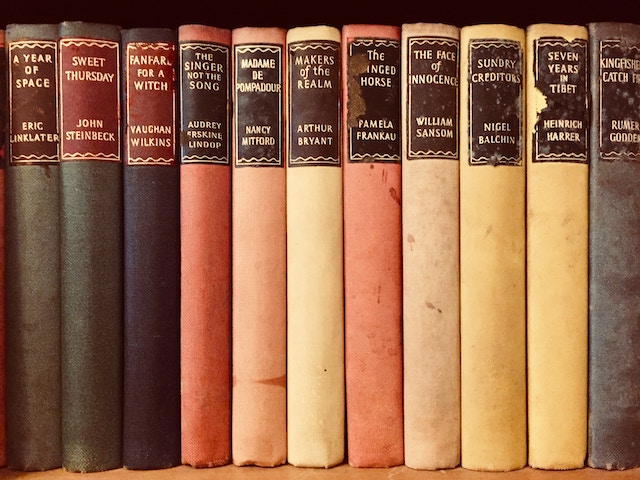
Serializing novels started in the 1830s with The Old Maid by Honoré Balzac in the first daily newspaper in France. The same year, Charles Dickens published The Pickwick Papers in installments in England and became a household name.
Back then, full books were cost-prohibitive, but most people could afford the serialized versions. It became so popular that soon most newspapers and magazines published serial novels for their readers.
The serial novel fell by the wayside when more people could afford the entire book—and they didn’t want to wait until the next installment came out to find out what happens next.
Today, there is a resurgence in consuming serialized novels for two reasons:
People don’t have the time or attention span to sit down and consume a whole book. But books in installments are easy to read on public transportation, while waiting in line, and other short periods of downtime.
More people are reading books on their smartphones than ever before. In fact, smartphones have eclipsed e-readers in popularity. And since you always have your smartphone with you during periods of downtime (see Point #1 above), serialized novels are handy.
Recent serialized books
Several authors are taking advantage of the above two trends to publish their work in serials. For example, Andy Weir published chapters of The Martian on his website as he completed them before he won a publishing contract.
In addition, Margaret Atwood published her Positron series in serials. Alexander McCall Smith published 44 Scotland Street of the wildly popular The No. 1 Ladies’ Detective Agency series in an Edinburgh newspaper in installments.
And who can forget when Stephen King published The Green Mile in serialized format over 20 years ago?
Today, savvy authors realilze they can gain attention, test the commercial viability of their novel, and build an audience—all through serializing on platforms like Medium, Wattpad, or even on Amazon. All you need do is go to Amazon’s Kindle Short Reads to find best-selling authors like Ken Follett and Lee Child with offerings anywhere between 15 minutes to 2 hours in reading length—easy to consume on any smartphone.
Why choose Medium?
First, medium has over 60 million readers a month, offering awesome access to a whole slew of potential new readers. In fact, Medium is such a hot commodity that HubSpot published "How to Use Medium: A Beginner’s Guide to Writing, Publishing, and Promoting on the Platform."
Second, serializing your novel can improve your writing skills. Here are 5 benefits to serializing:
You don’t need a finished book to publish. This is perhaps the biggest benefit to writers. You can publish parts of your book while you’re working on other pieces. Which leads perfectly to the next benefit.
You get immediate feedback. You can get feedback on each installment that will help guide the rest of the book. Say you hear from readers they like an ancillary character or sub-plot. You can play that up in the rest of your book to keep them more engaged and happy. Which dovetails with the next benefit.
Your writing must enthral. If each installment in your serial doesn’t grab your readers’ attention and keep them turning pages, they won’t read subsequent installments. Each separate installment must engage readers from the beginning to the end with enough of a cliffhanger to get readers to buy your next installment. Why is this a benefit, you ask? It forces you to always bring your A game.
It’s a bridge to your other work. Once people consume your serials on their smartphones or e-readers, they more likely to look up your other work. You can also point out your other novels or collections in your serials, which may bring you new, devoted readers.
Practice makes perfect. To win at the serial game, you must publish often. Many publish once or twice a week which means you’re always churning out work. The more you write, the better you get. And don’t forget how getting immediate feedback can help you become a better writer as well.
Final thoughts
I stumbled across a publishing company committed to bringing e-books, excerpts, and short stories to subway riders in New York City. Check out Plympton to learn more about their programs for serializing stories and novels.
When is the best time to serialize on Medium? Probably 6 years ago when the platform first launched. But since that’s all behind us, the best time to start is right now. If you don’t have one already, set up an account on Medium and get your work out there.
Who knows? You might be the next Andy Weir or, even better, Charles Dickens (sorry, Andy).

